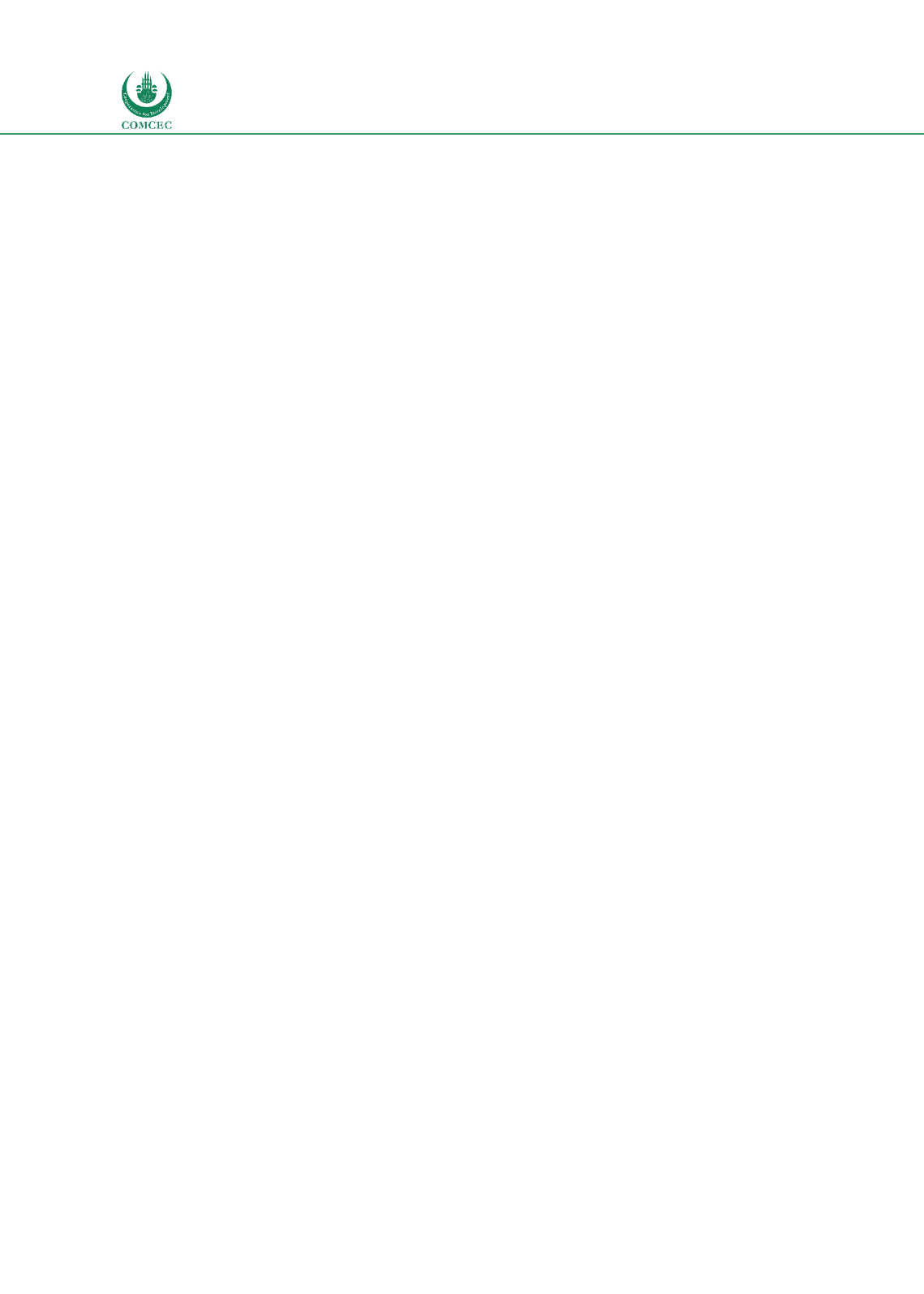

Enhancing Public Availability of Customs Information
In the Islamic Countries
72
commitments in this area, so that the availability of customs and trade information can be
improved.
In terms of an overall assessment, the appropriate conclusion is that Senegal’s approach to
public availability of customs and trade information is very much a work in progress, with many
of the most important bases already in place. The trade community is generally supportive of
the measures that have been taken, as well as of further progress in this area. The effort is driven
by the government, but stakeholders are supportive and involved in important ways. There is
clearly energy within the government to move forward, spurred no doubt by the TFA, as well as
demonstrated technical capacity (the Single Window). The crucial variable that is subject to
doubt is the rate at which needed improvements, and in particular the shift to an online system,
will be undertaken. It is to be hoped that the government will treat this area as a priority in terms
of TFA implementation in the short to medium term.
What Role for Technical Assistance
This was a cross-cutting and repeated demand for technical assistance from the relevant
authorities, in addition to points in relation to TFA implementation, addressed above. Additional
areas include the following
(a)
Assistance in terms of communication and outreach to empower the users of the TIP as
well as officials to move to and effectively implement paperless processing
(b)
Targeted support to OGAs hosting various trade information portal (e-regulation
Senegal, Buntoo, Senegalese customs website, …);
(c)
Build a mobile application downloading online via play store, app store, to allow access
to customs and trade information online or offline;
(d)
Support to disseminate trade information portal in others WAEMU countries
4.6.
Morocco
Introduction
Morocco is a lower middle income country. Since 2010, its GDP per capita in PPP terms has
grown at an average annualized rate of 3.8%, which is above the threshold generally considered
necessary for bringing about poverty reduction. Since 2011, the government has made a
renewed commitment to openness, transparency, and involvement of civil society. This
commitment is broad based, not limited to trade, but has certainly had impacts on the trading
environment as well. The government sees transparency in the trading environment as part of
a broader effort to promote a transparent business environment.
Morocco is highly dependent on its external sector to promote growth and development, as
befits a mid-sized country of around 36 million inhabitants. Figure 36 shows that the country
has a relatively high ratio of trade to GDP, although not as high as is seen in the most integrated
countries like Malaysia or the Netherlands, where the ratio is in excess of 100%. Nonetheless,
Morocco’s dependence on trade is substantial, and broadly increasing over time, particularly in
the last three years.
















